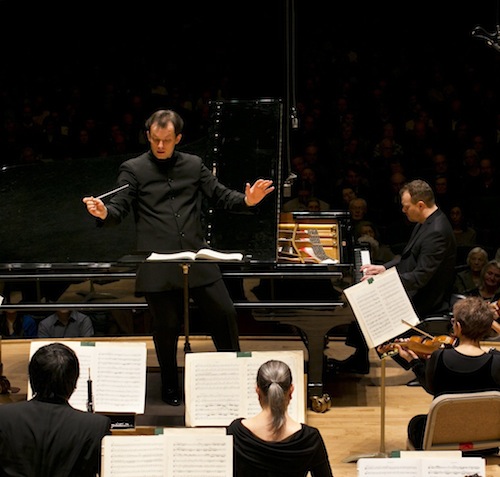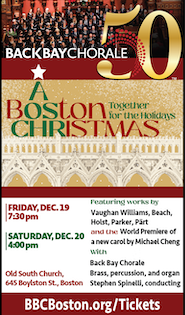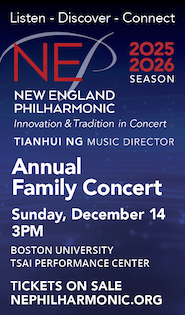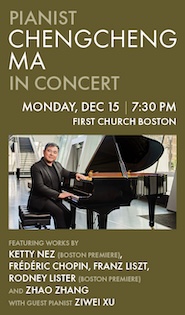Nelsons, BSO make strong and eloquent case for Bruckner

Lars Vogt performed Mozart’s Piano Concerto No. 24 Thursday night with Andris Nelsons and the Boston Symphony Orchestra. Photo: Dominick Reuter
Bruckner is back.
That’s the message Andris Nelsons and the Boston Symphony Orchestra sent Thursday night at Symphony Hall. The BSO music director, four months into his inaugural season, began by speaking to the audience, telling them, among other things, to expect plenty of Anton Bruckner’s symphonies on BSO programs in coming years.
Then he turned to the orchestra and, for the next hour-plus, showed why.
Nelsons’s vibrant, committed performance of the Austrian composer’s Symphony No. 7 in E major opened yet another door for this enormously gifted orchestra to walk through. Feelings of gratitude surged all over again for the end of the long interregnum on the Boston podium.
The drought here for the country-organist-turned-visionary from Linz went back even longer. The BSO’s previous music director professed a lack of interest in Bruckner and left these massive symphonies to guest conductors, few of whom took him up on the offer.
So one imagines that Thursday’s realization of that distinctive Bruckner sound, in all its glory and variety, in Symphony Hall must have deeply gratified the composer’s longtime fans–and made some new ones.
One doesn’t know which of those categories Lars Vogt falls in, if any. But the German pianist, who had opened Thursday’s concert with a robust performance of Mozart’s Concerto No. 24 in C minor, K. 491, afterward found a well-placed seat downstairs to witness a bit of BSO history being made.
In the Mozart, Vogt and Nelsons appeared almost to breathe together as they crafted a suspenseful rendering of this composer’s darkest-hued concerto. Seemingly reticent, even laid-back in the early going, Vogt’s playing became electric in the first movement’s turbulent development, and he didn’t back away from fortissimos that sounded, if not Brucknerian, at least Beethovenian.
Vogt is known for his proficiency in chamber music, and that sensibility was well represented in Mozart’s score, with its rich wind section (including, unusually for this composer, both oboes and clarinets) that often partnered as a group with the piano. In the central Largo, Nelsons made the most of the contrast between bright winds and cushiony strings as foils for Vogt’s simple yet eloquent utterances at the piano.
Conductor and pianist were tuned to every fanciful turn in the unconventional finale, in which Mozart passed up the usual jollity and virtuoso display in favor of a modest set of variations, teetering between major and minor keys right up to the emphatic close in C minor.
Longtime BSO watchers have been clucking over the new music director’s propensity to talk to the audience, such behavior having been rare among his predecessors. But by now, Andris Nelsons must be aware that he puts a big thumb on the scale of audience response every time he addresses them in that modest, winning, Latvian-accented way of his.
Addressing a perception of Brucknerphobia in the public, Nelsons sought to allay fears with humor, acknowledging that Bruckner’s symphonies are long, and getting a laugh by miming an audience member looking at his watch.
He went on to say that he had discovered Bruckner through his early love of Wagner, and that he now considered the Austrian’s symphonies “medicine for my soul.” Mixing his metaphors, he said with a smile that he believed he had “infected” the orchestra with his love of Bruckner, and he hoped the audience would be infected too.
For this listener at least, the epidemic began right at the symphony’s opening, as the long cello theme climbed sturdily up, then turned to reveal different aspects of itself, splendidly shaped by the attentive conductor. From the first, one felt this performance was going places.
That cello line was subtly reinforced by a single horn, the first of countless felicities of scoring in this work, each of which was vividly present and accounted for on Thursday night. One could almost see the organist in his loft, wielding the stops and pistons, blending new compounds of timbres and overtones.
In fact, whatever the merits of Bruckner’s themes and his composition with them, it may well have been this ever-changing banquet of tone colors that made the first movement’s half hour seem not a second too long.
One doubts many watches were looked at during the gripping Adagio, either. Throughout the concert, but especially here, the strings phrased with Nelsons’s gestures like a glove on a hand. The conductor’s athletic carriage on the podium enables him not just to signal what he wants, but to look like what he wants.
Of course, it’s probably not possible for a person to look like a balanced, transparent blend of the orchestra’s deepest bass instruments; that very Brucknerian sonority, an important element in this somber Adagio, was achieved by hard work and preparation.
There was no work for percussionists at this concert; the reinforcement of the Adagio’s biggest climax with cymbals and triangle, a late addition to the score whose authenticity has been questioned, did not rear its head on Thursday. The BSO’s massed brass and timpani compensated admirably
The propulsive Scherzo was fairly bursting with animal high spirits, but showed fine contrapuntal tracery in its sudden pianissimos. The strings dug deep for a vibrant tone in the Trio, giving that slower, more lyrical section a strength of its own.
And let the record show that this detail-minded maestro did not conduct, but nevertheless observed exactly, the four bars of silence between the Scherzo’s main section and the Trio.
The finale opened in a whimsical mood, but Nelsons eventually staked out the movement’s poles of expression: Wagner tubas on a militant march vs. a gauzy, elusive chorale in pianissimo strings. Again, it was easy to imagine organ registration in the strongly contrasted sonorities. Nelsons was quick to sense the dramatic content of every situation, but here as elsewhere in the work, he also kept the music moving with a steady hand.
As the symphony concluded with several pages of fortissimo E major, the audience response appeared ecstatic and relieved in about equal measure. These days all ovations are standing, so one distinguishes between fast standing ovations and slow ones. On Thursday the audience got up gradually, perhaps slowed by the presence of some unconvinced Bruckner skeptics. However, the surge of applause when Nelsons signaled flutist Elizabeth Rowe and the other wind players to stand sounded spontaneous (and well earned).
In any case, Bruckner is back. Many in Thursday’s audience were thrilled to hear him. The rest will either catch the bug eventually, or remain immune. The Infector-in-Chief will surely try again.
The program will be repeated 1:30 p.m. Friday and 8 p.m. Saturday. bso.org; 617-266-1200.
Posted in Performances



Posted Jan 24, 2015 at 4:23 pm by John Johnson
Fully agree with the review. Attended an equally great performance on Friday and look forward to the BSO playing more Bruckner as it helps the orchestra to create a sound signature which was lacking under the predecessor.